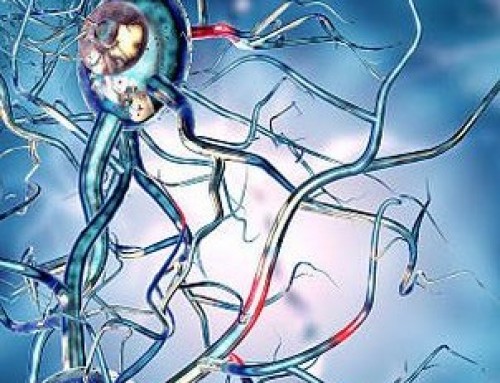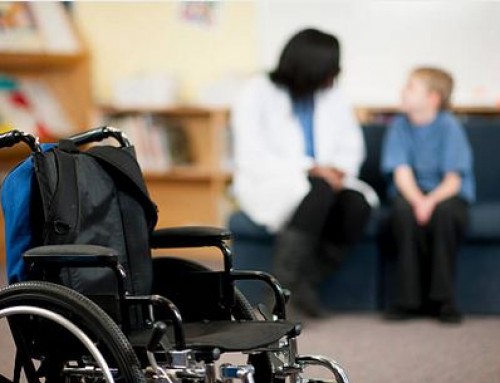Parkinson’s is in a class of neurodegenerative diseases affecting up to one million Americans. Nearly 60,000 people are diagnosed with the disease in the US every year. There is no cure for the disease which makes stem cell research so important.
 Cause & Impact of Parkinson’s Disease
Cause & Impact of Parkinson’s Disease
Parkinson’s is caused by a slow loss of the brain cells that produce dopamine. The body uses dopamine to regulate muscle movement and emotions. As stated before, there is no cure for the disease; however there are a number of drugs used to help treat the symptoms. While those drugs may help improve the quality of life for those affected, none of them slow the gradual progression brought on by the disease.
People affected with Parkinson’s experience in one form or another, tremors, loss of facial expression, slow movement, and rigid muscles.
Stem Cell Innovations & Treatments for Parkinson’s Disease
Scientists have struggled to devise a treatment plan that halts the progression of Parkinson’s since it was first described in 1817. Instead, they have found drugs that provide a measure of relief from the symptoms of the disease.
Some scientists will continue to seek treatments through drugs; but some researchers are finding success through stem cell research. Stem cell researchers have devised multiple methods for tackling the disease.
Some researchers use stem cells to create lab-grown reproductions of Parkinson’s affected neurons. This approach enables researchers to evaluate the affects various drug treatments have on the disease without having to subject people to those treatment conditions. This approach provides a high measure of control in evaluating new medications. Several active clinical trials for new medications are using this approach.
Cell Replacement Therapy
There is a second way stem cells are helping to devise new treatment methods for Parkinson’s patients. These researchers are targeting a means to replace the cells that produce dopamine. If successful, this approach could halt the progression of symptoms in Parkinson’s patients. This approach is also called cell replacement therapy.
Preliminary studies using animals have shown this approach to work. Sweden’s Lund University has conducted the game changing research. The team at Lund has successfully created stem cell-generated dopamine neurons. Further, they have transplanted those neurons into animals with Parkinson’s. Finally, the team has observed that the transplanted cells have the effect of rejuvenating the area where transplantation has taken place.
The researchers next want to understand how well the transplanted dopamine neurons are able to connect to existing structures in the brain and how well those connections are sustained over time.
According to Lund University researchers, the next step is to establish clinical trials in humans. That is projected for 2017. Grealish et al published these results in the journal Cell Stem Cell.
The Future of Stem Cell Treatment for Parkinson’s Disease
There are several other research programs following a path similar to Lund University. The California Stem Cell Agency, for example, has twenty-five different programs currently under review.
Projects similar to those at Lund University include the following:
Support for Parkinson’s research took a big jump forward with the introduction of the Michael J. Fox Foundation. By lending his name towards this personal cause, Fox’s foundation has raised $450 million to help fund a cure for Parkinson’s. Those projects include advancements in stem cell therapy.
References:
Shane Grealish, Elsa Diguet, Agnete Kirkeby, Bengt Mattsson, Andreas Heuer, Yann Bramoulle, Nadja Van Camp, Anselme L. Perrier, and others, “Human ESC-Derived Dopamine Neurons Show Similar Preclinical Efficacy and Potency to Fetal Neurons when Grafted in a Rat Model of Parkinson’s Disease” Cell Stem Cell, Vol. 15, Issue 5, p653–665, Published in issue: November 06, 2014






